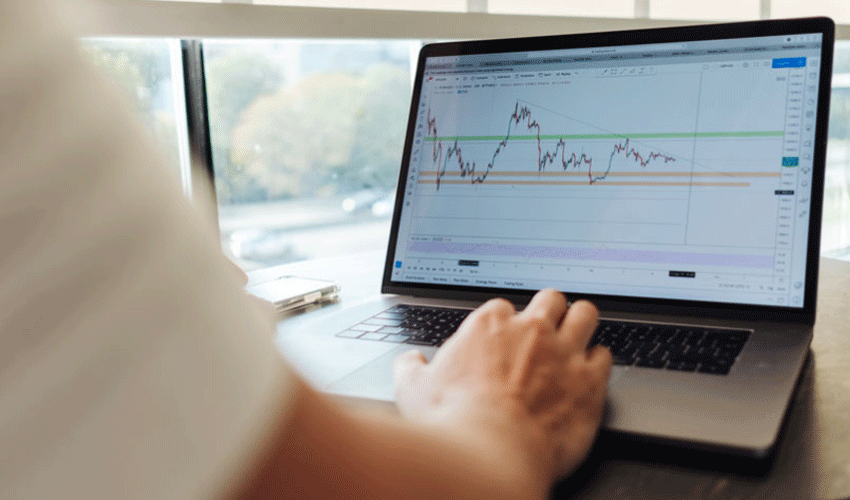
The forex market is a huge global entity and one that sees a staggering $6.6 trillion traded throughout the world on a daily basis.
However, the innate volatility and liquidity in this marketplace create both challenges and opportunities in equal measure, and you’ll need to develop a viable and considered trading strategy if you’re to achieve a sustainable profit.
We’ll explore four of the main forex trading strategies below while exploring which option is best suited to you!
Scalping
We’ll start with scalping, which is a short-term investment vehicle that enables risk hungry traders to leverage forex market volatility to their advantage.
In simple terms, this process involves the execution of numerous orders over the course of seconds and minutes, in a bid to capitalise on continuous price fluctuations and generate small but frequent profits.
As you can imagine, scalpers don’t keep their various positions open overnight, with each one designed to deliver a marginal profit.
Remember, this strategy is built on the volume of trades and your ability to accurately analyse the marketplace, with scalpers having to spend a great deal of time monitoring pairings and interpreting real-time trends.
Day Trading
Day traders also ensure that their positions don’t remain open overnight, although their associated orders may last for hours during the course of a typical 24-hour period.
However, your volume of orders will decrease markedly as a day trader, while you’ll also look to increase the value and profitability of individual trades.
Day traders will also target increased periods of volatility and optimal trading volumes, which typically occur during periods when two separate trading sessions cross over.
This strategy also looks to leverage volatility and price shifts in the market, although it’s a little less intensive than scalping and more suitable to slightly risk-averse investors.
Position Trading
With positions trading, you’ll adopt a strategy that’s more synonymous with the concept of ‘buy and hold’, rather than active trading on a daily basis.
This represents something of a grey area, but position traders will typically use longer-term charts (anywhere from daily to monthly) in combination with alternative analytical methods to identify the trend of the real-time and future marketplace.
Ultimately, position trades can remain open for several days or weeks, or even longer depending on the precise trend or trading signal that you’re relying on.
Swing Trading
The concepts of forex trends lead us neatly onto swing trading, as investors who deploy this type of strategy typically look to get involved when a particular trend breaks.
At the end of a trend, there’s usually some price volatility as a new trend starts to establish itself, and swing traders may look to buy and sell as the subsequent price volatility starts to set in.
Swing trades are usually held for over a day but for a shorter time than position or trend trades, while those with a strong grasp of fundamental or technical analysis tend to favour this type of strategy.


